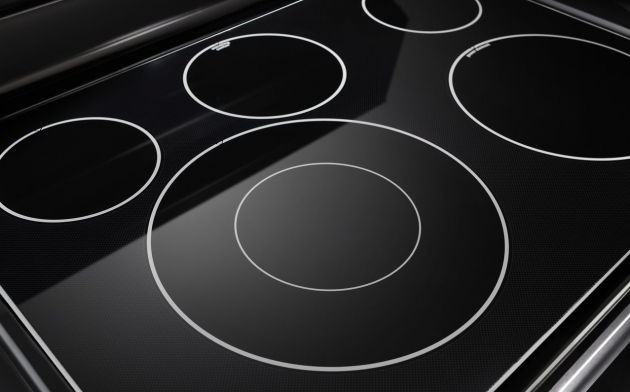An electric cooktop is an attractive option for many people because it has a contemporary look, it’s simple to use, and easy to clean. But, for people that have previously used a gas stovetop, it can be a culture shock to be presented with a smooth cooktop surface. There are no gas burners to clean and it can be difficult to understand how to clean it properly. If you have a new electric stovetop or you’ve inherited one in your new home, this brief guide will help you to clean it efficiently.
Understanding the Differences
Before we begin, let’s take a look at some of the key differences that you need to understand when you approach this cleaning task. First, there is no need to search for chunks of burnt food debris that may be lodged in the gas burners.
Second, on most days you won’t need any kind of deep cleaning routine to keep your electric cooktop in great condition. A gentle daily scrub with some warm water and a kitchen sponge will go a long way to keep your stovetop clean, safe, and serviceable to use.
Lastly, at times you will want to give the stovetop a more comprehensive clean and scrub to restore some lost luster. This should be a weekly deeper cleaning process to remove any buildup of grease stains that may have occurred during cooking. This deeper cleaning is the focus of the remainder of our article.
Gather the Supplies
To clean your electric cooktop you will need the following supplies: a soft sponge, a ceramic scraper (this is optional), paper kitchen towels, a soft cloth, a glass cooktop cleaner, and warm soapy water.
Cleaning the Electric Cooktop
Before you begin make sure that the cooktop is completely cool to the touch to avoid burns and other injuries. To remove any loose debris use the sponge and warm water and wipe down the entire cooktop area as you would for lighter daily cleaning. When you’re done wipe the area with the dry soft cloth and kitchen towels until it’s fully dry.
Now it’s time to apply the cooktop cleaner, use a liberal amount, and gently scrub the surface with the kitchen sponge. The harsher scrubbing side of the sponge can be used to make circular movements to cover the cooktop with the glass cleaner. This takes a little time, there will be some areas that feel rougher to the touch than others. This indicates a buildup of grease that needs to be removed.
Those harder areas with a buildup of grease can be scraped clean with the ceramic scraping tool. These rougher areas need to be scraped and then scrubbed again with the cooktop cleaner. This should be followed with the sponge to clean the surface again and check for any remaining rough patches of grease. Go slowly, the ceramic scraper is designed to minimize scratching the glass but careless use can still cause visible damage. With repeated scrapings and wiping the glass stovetop surface should start to feel smoother as you rub the areas with the sponge.
The final stage is to remove the cleaner from the stovetop with the soft cloth or a few kitchen paper towels. When the surface is drier you can buff the glass surface with dry paper like you would when cleaning a window. With polishing, it’s possible to get the surface clean and shiny and you may be able to see your reflection in the glass.
If you’re thinking about a new electric cooktop for your kitchen, explore this online collection of cooktops or for additional help and guidance speak to a home appliance expert.

